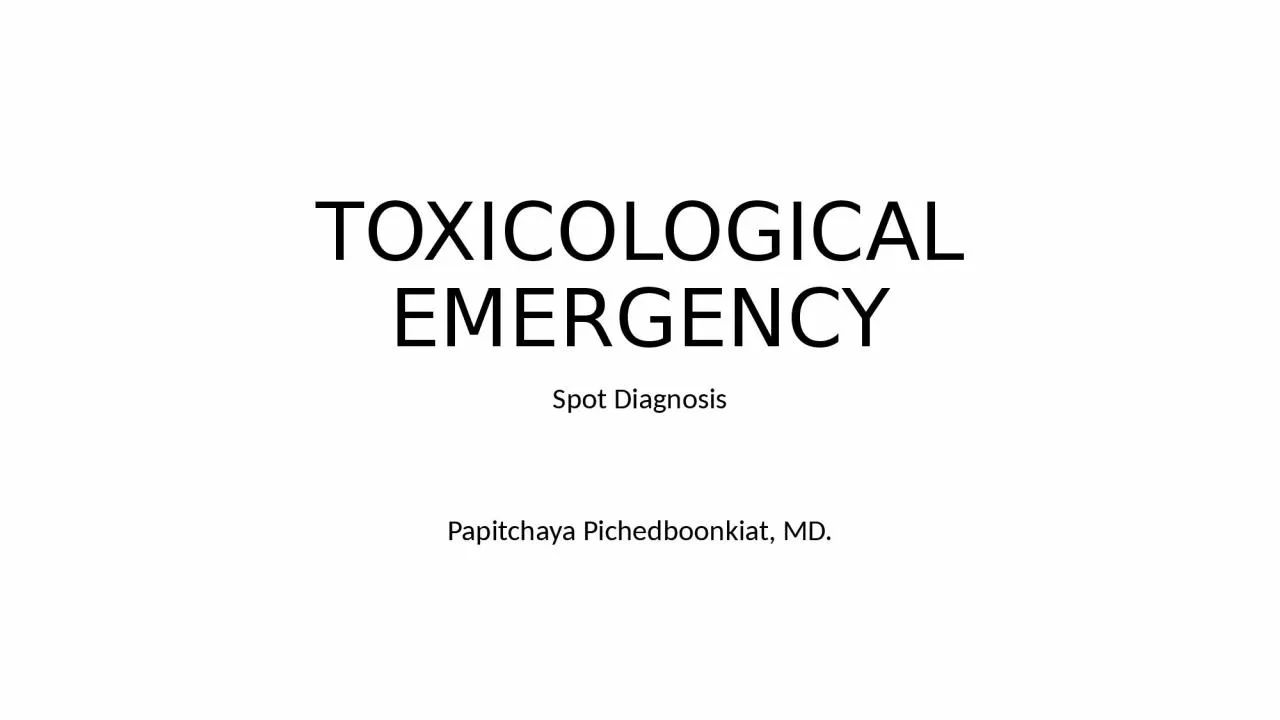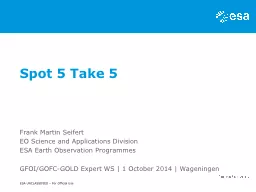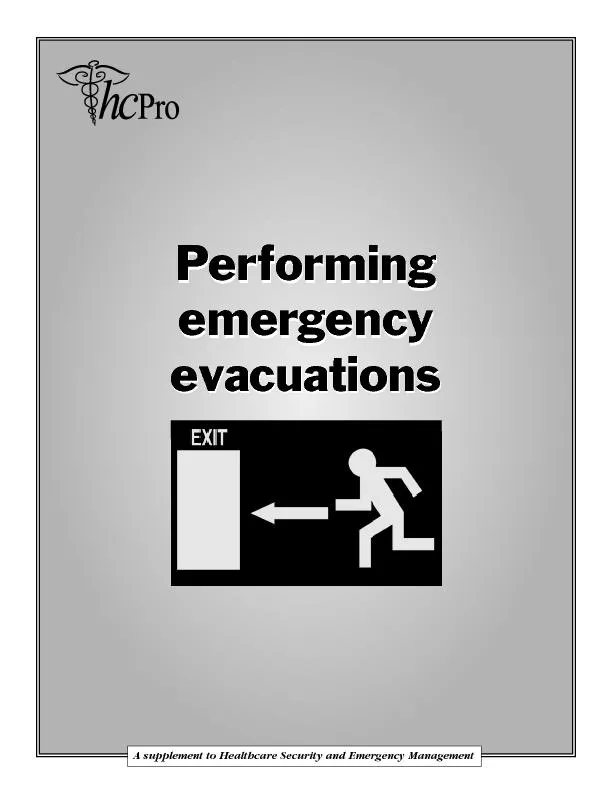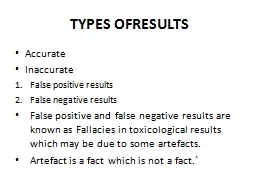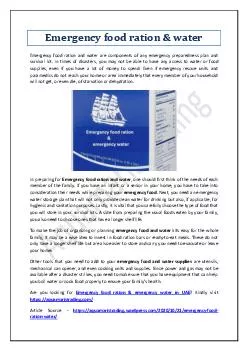PPT-TOXICOLOGICAL EMERGENCY Spot Diagnosis
Author : emery | Published Date : 2022-06-07
Papitchaya Pichedboonkiat MD SCAN Ethylene glycol toxicity Ethylene glycol toxicity Source Glycerin substitute hydraulic fluid antifreeze adulterated alcoholic
Presentation Embed Code
Download Presentation
Download Presentation The PPT/PDF document "TOXICOLOGICAL EMERGENCY Spot Diagnosis" is the property of its rightful owner. Permission is granted to download and print the materials on this website for personal, non-commercial use only, and to display it on your personal computer provided you do not modify the materials and that you retain all copyright notices contained in the materials. By downloading content from our website, you accept the terms of this agreement.
TOXICOLOGICAL EMERGENCY Spot Diagnosis: Transcript
Download Rules Of Document
"TOXICOLOGICAL EMERGENCY Spot Diagnosis"The content belongs to its owner. You may download and print it for personal use, without modification, and keep all copyright notices. By downloading, you agree to these terms.
Related Documents

